Feijoa Growing Guide for New Zealand: Sweet, Tangy, and Easy to Grow! 🌿🍈
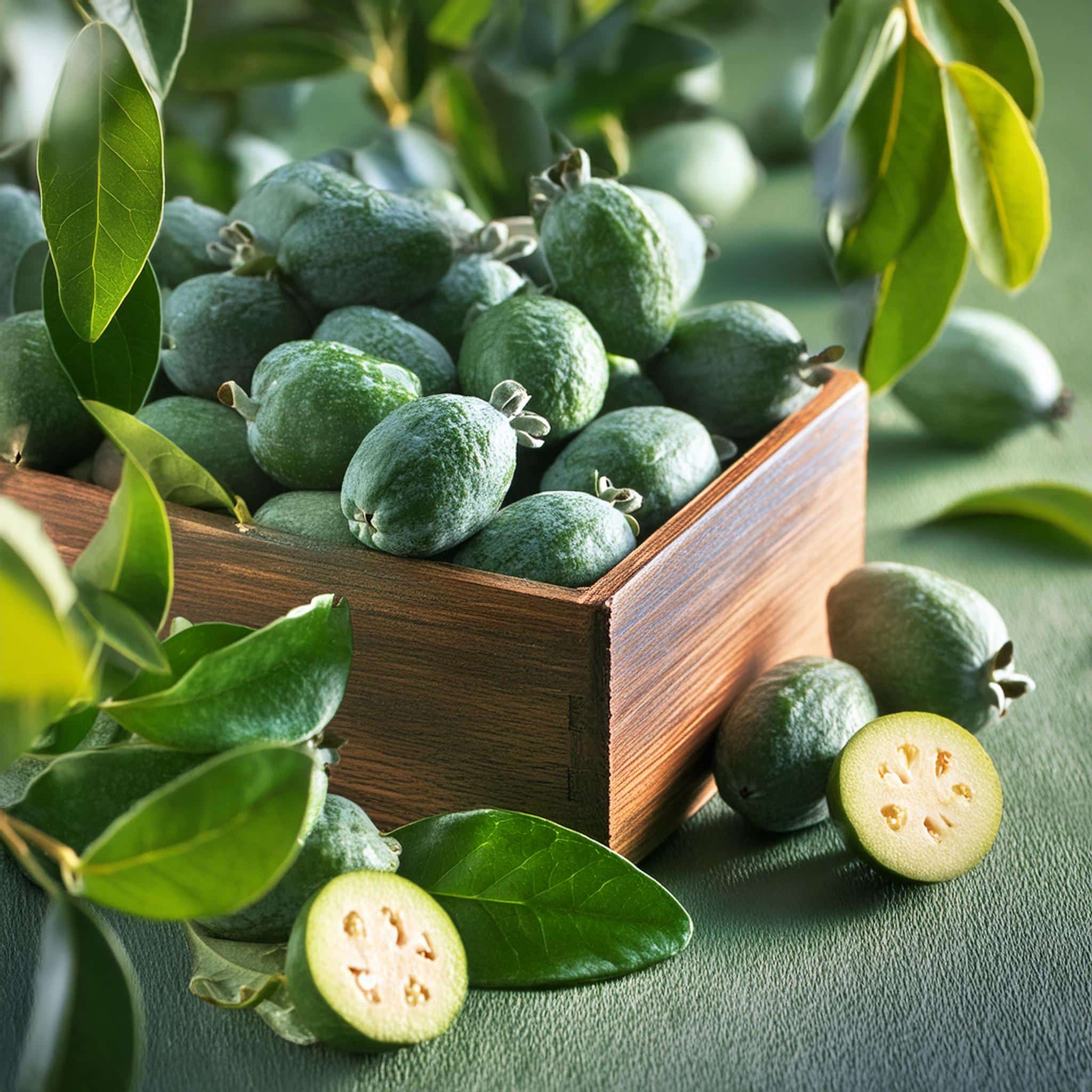
If you’re looking to add a unique and delicious fruit to your garden, look no further than the fabulous feijoa! These sweet and tangy fruits, also known as pineapple guavas, are a favorite in New Zealand gardens. Not only are they a treat to eat, but feijoas are also easy to grow and maintain. Let’s dive into this fun and comprehensive guide to help you cultivate feijoas and enjoy a bountiful harvest right in your backyard! 🌟🌳
Why Grow Feijoas? 🌿
Feijoas are the perfect addition to any garden for several reasons:
- Delicious and Nutritious: With their unique blend of sweet and tart flavors, feijoas are delicious eaten fresh or used in a variety of recipes. They’re also packed with vitamins and antioxidants. 🍈
- Easy to Grow: Feijoas are hardy and low-maintenance, making them ideal for gardeners of all experience levels. 🌱
- Beautiful Evergreen Shrubs: Feijoa plants are attractive, evergreen shrubs that provide year-round greenery and lovely spring flowers. 🌸
- Versatile Uses: Besides eating fresh, feijoas can be used in jams, jellies, desserts, and even as a unique addition to salads and savory dishes. 🍴
Choosing the Right Feijoa Varieties 🌳
Before planting, select the feijoa varieties that best suit your taste and garden space. Here are some popular options:
- Feijoa ‘Apollo’: Known for its large, sweet fruits with a smooth texture. Great for eating fresh. 🌟
- Feijoa ‘Mammoth’: As the name suggests, this variety produces exceptionally large fruits with a deliciously tangy flavor. 🍈
- Feijoa ‘Unique’: A smaller, self-fertile variety that’s perfect for smaller gardens or container growing. It’s known for its abundant fruiting. 🌿
- Feijoa ‘Triumph’: Produces medium to large fruits with a sweet, aromatic flavor. Great for fresh eating and cooking. 🍽️
Planting Your Feijoas 🌱
Now that you’ve chosen your varieties, it’s time to plant your feijoas. Follow these steps to get started:
1. Find the Perfect Spot 🌞
Feijoas thrive in full sun to partial shade. Choose a spot in your garden that receives at least 6 hours of direct sunlight each day. They prefer well-draining soil and can tolerate a range of soil types. 🌤️
2. Prepare the Soil 🌱
Work plenty of compost or well-rotted manure into the soil before planting to boost fertility and improve drainage. Feijoas prefer a slightly acidic to neutral pH (5.5-7.0). 🌿
3. Planting Time 🌾
Dig a hole twice as wide and just as deep as the root ball of your feijoa plant. Place the plant in the hole and backfill with soil, firming it gently around the roots. Water thoroughly after planting to help the roots settle in. 💧
4. Mulching and Watering 🌿
Apply a layer of organic mulch around the base of your feijoa plant to help retain moisture and suppress weeds. Water regularly, especially during dry spells, but be careful not to overwater, as feijoas dislike soggy soil. 🌱
Caring for Your Feijoas 🌟
With a little care, your feijoas will flourish and produce an abundant harvest. Here’s how to keep them happy and healthy:
1. Feeding for Growth 🌱
Feed your feijoas with a balanced fertilizer or compost tea every 4-6 weeks during the growing season. They benefit from regular feeding to support healthy growth and fruit production. 🌿
2. Pruning and Shaping 🌿
Prune your feijoas in late winter or early spring to maintain their shape and encourage bushier growth. Remove any dead, damaged, or crossing branches. Light pruning after fruiting can also help keep the plant tidy and promote more fruit. ✂️
3. Pest and Disease Management 🐛
Feijoas are relatively pest-resistant, but watch out for common issues like leafroller caterpillars and scale insects. Use organic pest controls or insecticidal soap to manage infestations. Ensure good air circulation around the plants to prevent fungal diseases. 🐞
Harvesting Your Feijoas 🍈
The best part of growing feijoas is the harvest! Here’s how to know when they’re ready to pick:
1. Timing the Harvest ⏰
Feijoas are typically ready to harvest in late autumn to early winter. The fruits should be slightly soft to the touch and have a fragrant aroma. They often fall off the tree when ripe, so check the ground regularly for fallen fruits. 🍃
2. Enjoying the Harvest 🍴
Feijoas are delicious eaten fresh, scooped out with a spoon. They can also be used in a variety of recipes, from smoothies and salads to jams and desserts. Store unripe feijoas at room temperature until they soften, then refrigerate to prolong their freshness. 🍽️
Top Tips for Growing Feijoas 🌟
- Extend the Season: In cooler areas, protect young plants with frost cloths during winter. 🌤️
- Companion Planting: Plant feijoas alongside other fruit trees or flowering plants to attract beneficial insects and enhance pollination. 🌼
- Use Raised Beds: If you have heavy or poorly draining soil, consider using raised beds to improve conditions for your feijoas. 🌿
- Experiment and Have Fun: Try growing different varieties and experimenting with new recipes. Feijoas are versatile and fun to grow! 🍈
With these tips and a bit of care, you’ll be on your way to growing a bountiful crop of delicious, homegrown feijoas. Happy gardening and enjoy your feijoa adventure! 🌿🍈

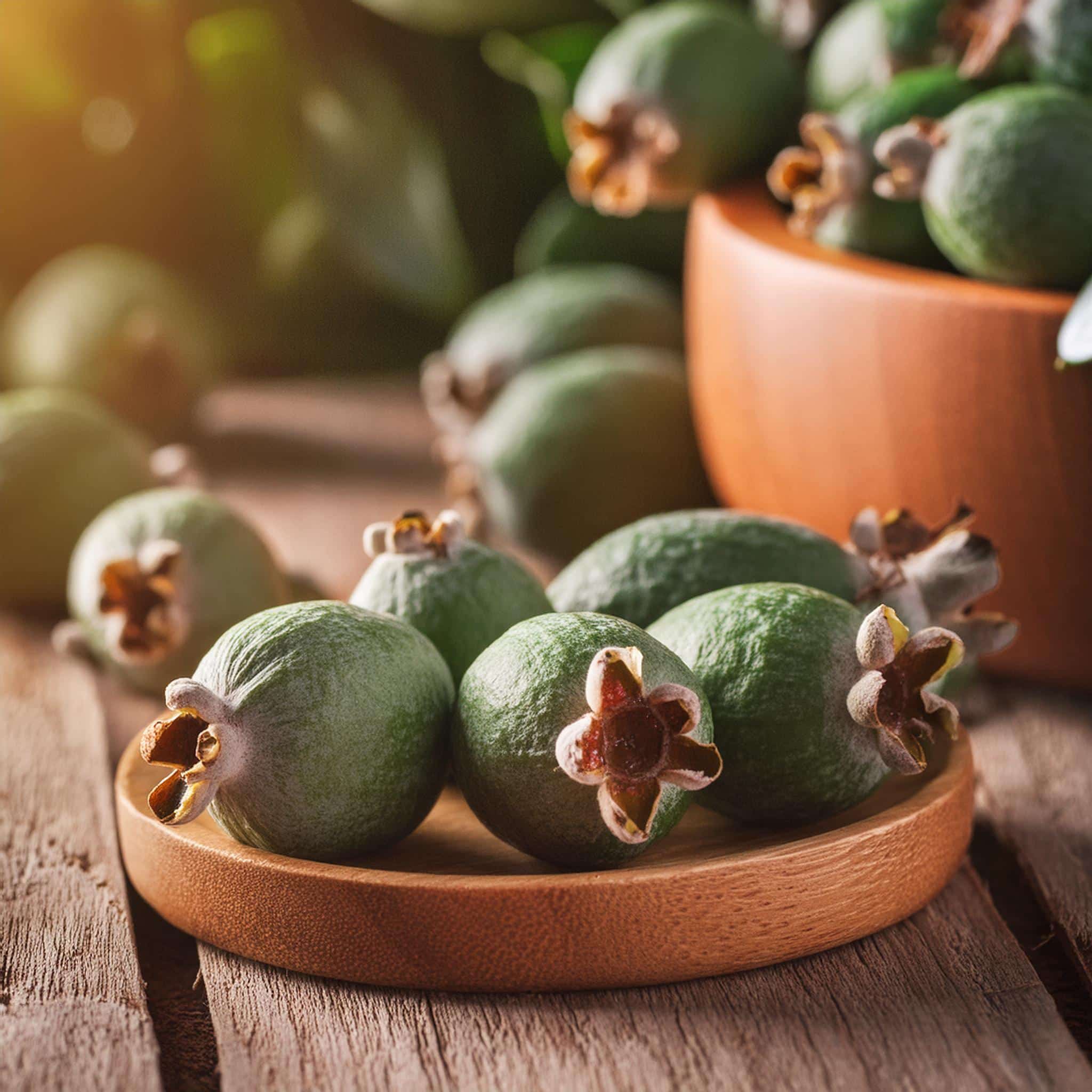
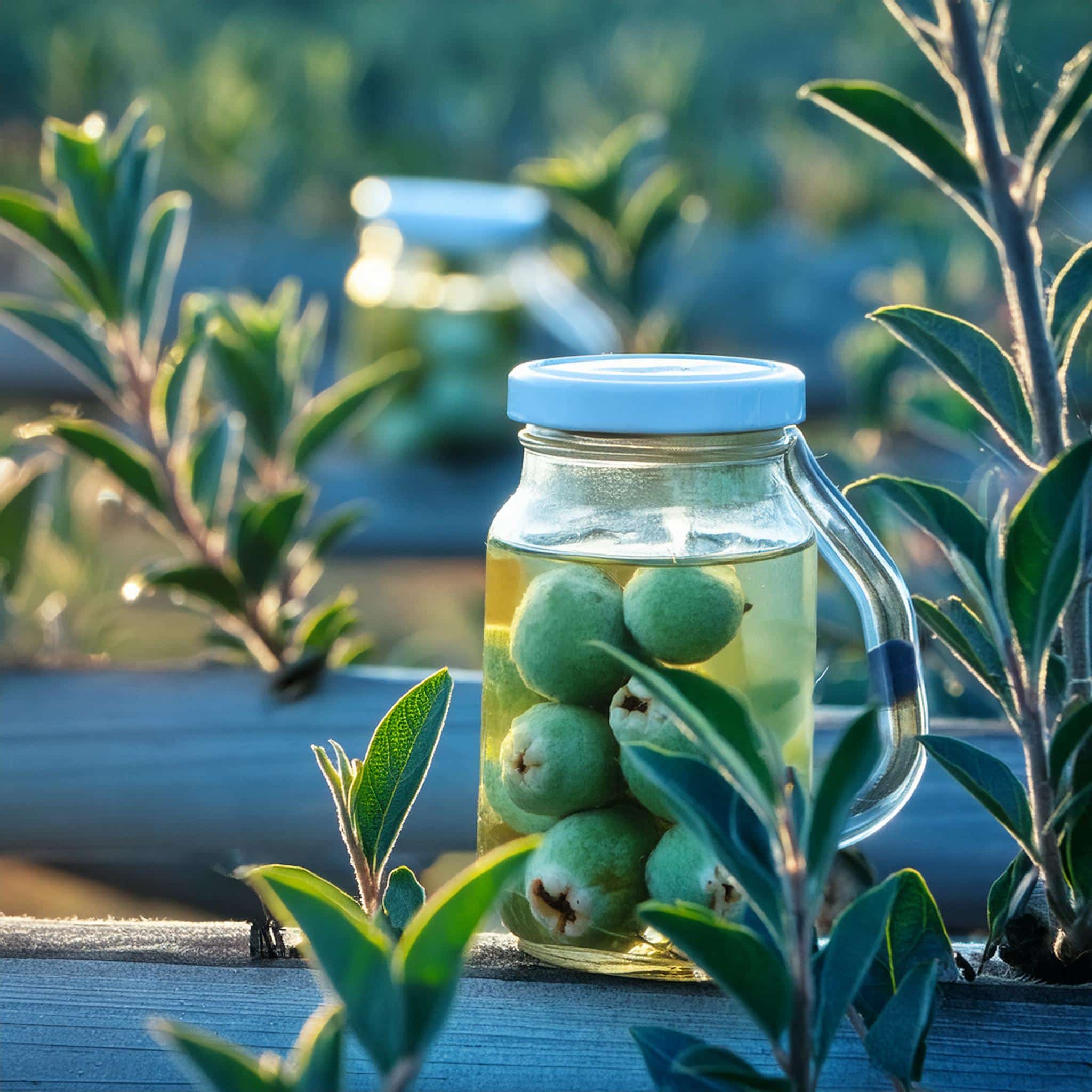



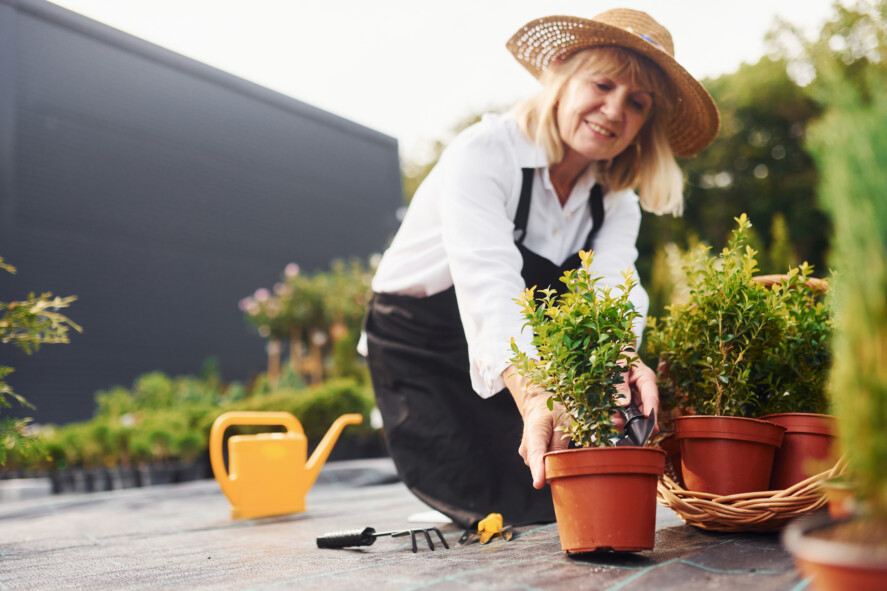







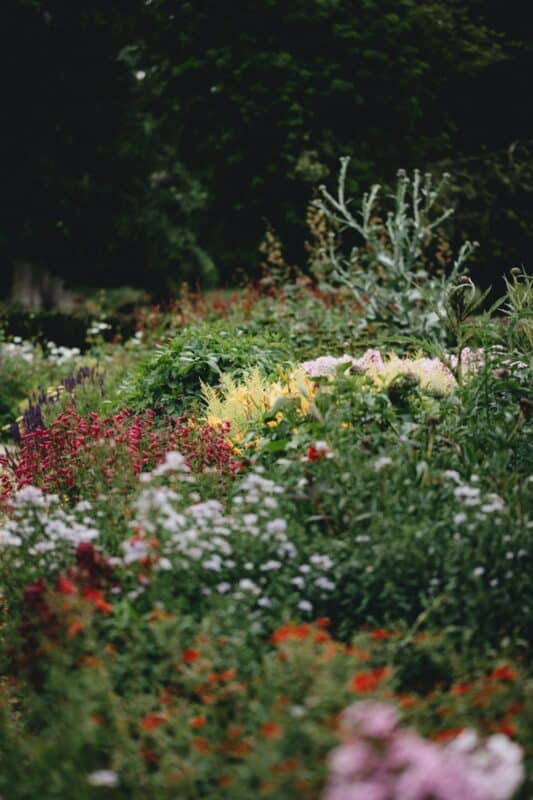



It’s good to know that feijoas are pest-resistant and relatively easy to grow. The tips on pruning and pest management will come in handy.
I appreciate the detailed steps for planting and caring for feijoas. The information on soil preparation and mulching is particularly helpful.
The different varieties of feijoas mentioned are interesting. I might try the ‘Unique’ variety since my garden space is limited.
This guide on growing feijoas is very thorough. I’ve been considering adding new fruit plants to my garden, and this might just be the one.
I love how this guide covers everything from planting to harvesting. The suggestions for extending the season and companion planting are great.